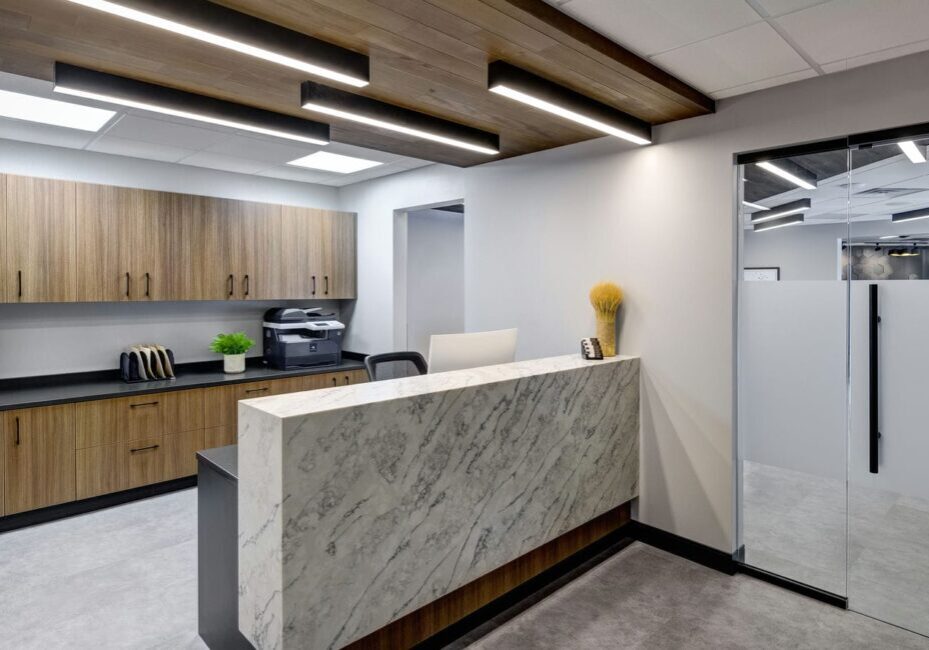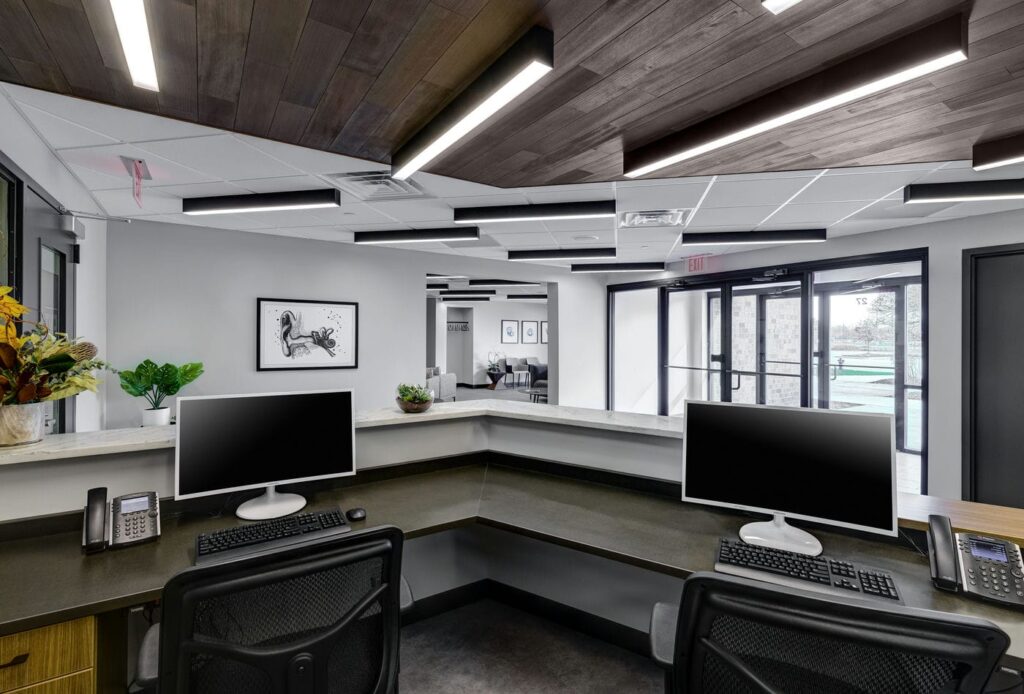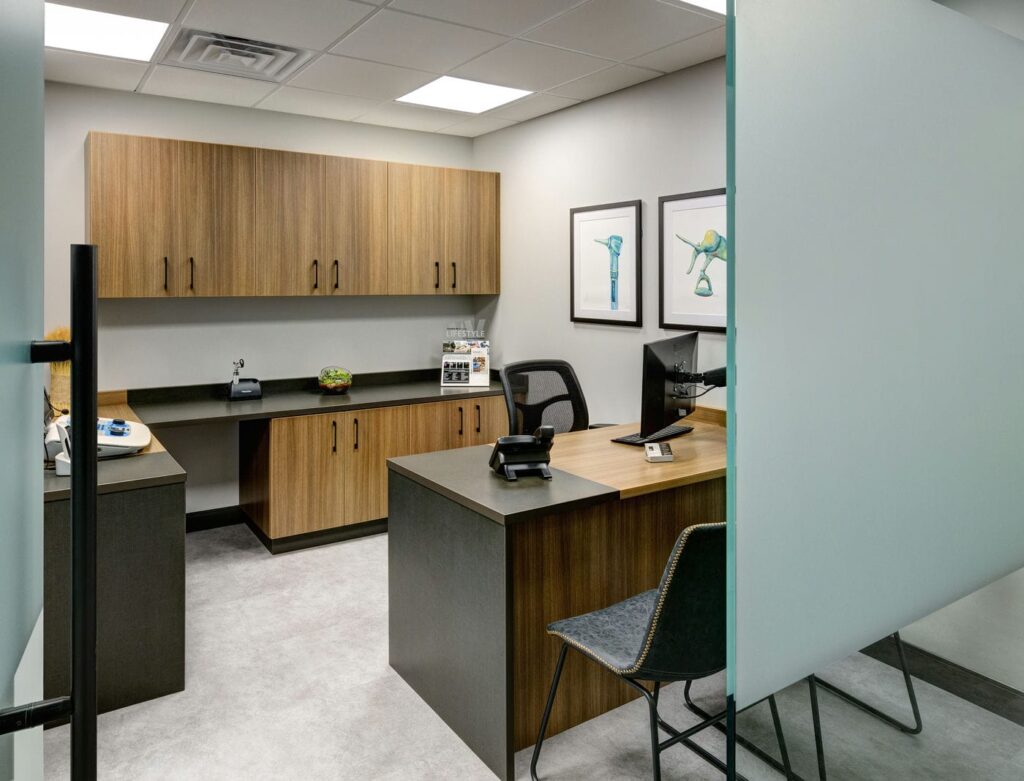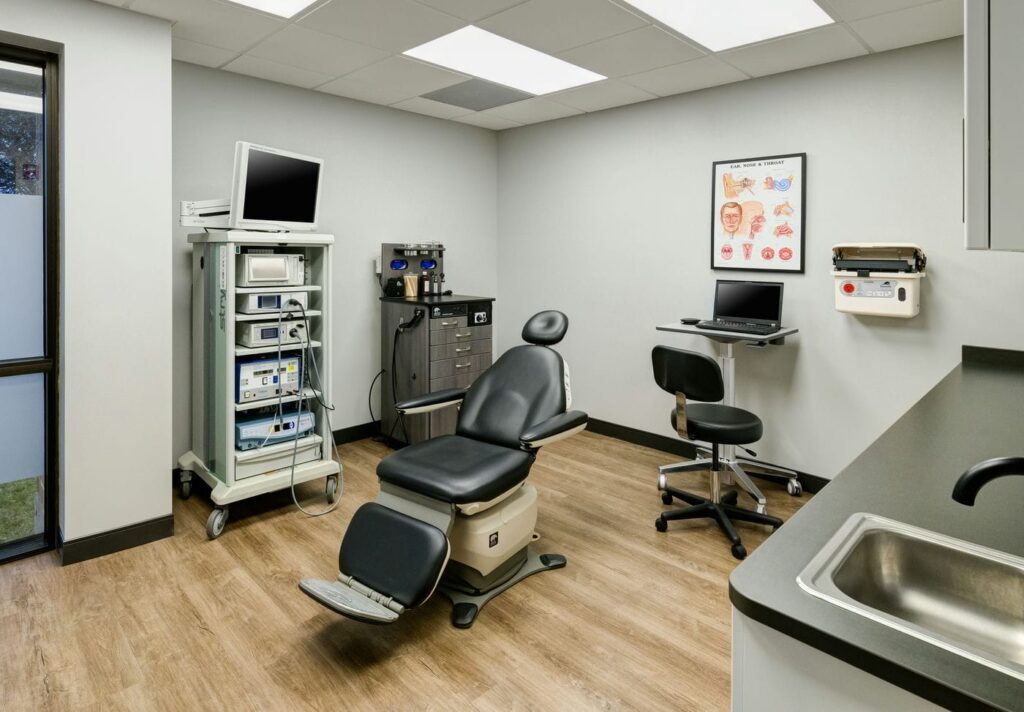
Aesthetics and functionality in healthcare development is essential for facilities focused on superior patient and staff experiences. Beautiful spaces welcome patients making them feel safe and relaxed, while functional environments provide staff everything they need to work efficiently. The result is superior care with less friction in facility processes and increased satisfaction for both patients and healthcare providers.
Here we look at the most critical elements of balance in healthcare development and the benefits once that balance is achieved.
Color and Light for Improved Mental and Emotional States
Healthcare facilities that emphasize natural light and soothing colors in design remove the stigma of stark, sterile environments that contribute to stress. By considering the impact simple elements of development have on the emotional well-being of patients, spaces contribute to positive patient attitudes and outcomes. This is a result of reduced stress that can contribute to enhanced healing.
Research has shown soothing healing spaces result in the following patient responses:
- A sense of being cared for
- Feelings of home
- Improved comfort and calm
Functional Spaces for Effective Medical Care
Streamlined spaces designed to provide effective care quickly and efficiently require attention to detail including:
- Optimized workflows
- Easy equipment accessibility
- Communication facilitation among team members
However, these functional essentials must also be balanced with the following considerations for the patient:
- Privacy
- Reduced stress by concealing medical equipment
- Adaptable furniture that feels like home
- Integration of technology to improve accessibility for patients (i.e., being able to stream favorite shows while recovering or waiting for care)
- Space for supporting loved ones both in patient rooms and areas such as waiting rooms
This balance evokes feelings of care, home, and calm while enhancing the delivery of patient treatments.

Collaboration for Balance in Function and Aesthetics
Collaboration at the early stages of development makes it easier to balance aesthetics and functionality in healthcare development. This includes the following expertise:
Healthcare professionals
Healthcare professionals at all levels address the functional aspects of the facility including:
- Workflow needs
- Infection control
- Patient care and comfort
- Communication
- Equipment
- Treatments
Designers
Designers take healthcare provider concerns and determine the best way to provide aesthetically pleasing solutions such as:
- Soothing color palettes
- Comfortable, homey furnishings
- Nature inspired details and art
- Warm, easy to clean materials
Architects
Architects work with an understanding of the functional and aesthetic needs to ensure the space is beautiful yet does not disrupt the functional purposes of the space. For example, incorporating larger exterior windows and using frosted glass walls for privacy provides more natural light throughout the facility.

Technology to Streamline Processes and Improve Patient Experiences
Advanced medical technology keeps up with changing industry demands such as telemedicine and smart controls. It also contributes to improved patient experiences with simplified self check-ins or digital signage for way finding.
However, state-of-the-art facilities can raise concerns about privacy or feel too sterile or futuristic. Balancing impressions of leading-edge care with warm designs helps overcome these feelings. For example, in waiting rooms, patients can access technology on their own devices sitting in comfortable chairs, while your facility shares helpful information via screens. Technology can also introduce soothing elements such as imagery and sounds of nature or calming music to create a serene ambiance.
Enhanced Job Satisfaction Means Enhanced Patient Care
Beautiful, functional facilities create happier workspaces where staff require less effort to conduct their day-to-day routines. Designing frictionless spaces where patient flow is seamless and healing and care are made easier are an excellent boost to morale, reducing fatigue and contributing to overall job satisfaction.
Healthcare providers want to see their patients thrive and feel the positive impact a supportive, functional space has on those in their care. Efficiency, accessibility to equipment, smart functional layouts, and centralized hubs like nurses’ stations all allow healthcare providers to perform their duties with less effort. Strategic designs that consider the most effective layout to reduce steps and improve patient safety allow healthcare workers to do their jobs in a pleasant environment that doesn’t interfere with their job function.

Functional Materials to Create a Sanitary Setting
Finally, safety and hygiene should be central to healthcare development, emphasizing infection control. Materials and surfaces should be easy to disinfect and project a sense of cleanliness without losing their luster too quickly due to robust cleaning protocols.
Healthcare development must connect aesthetics with function to reap the rewards of enhanced job satisfaction and patient outcomes. A collaborative effort between healthcare providers, designers and architects provides the development strategy needed to create balanced healthcare facilities.
Bring your vision to life with Apex.
Your healthcare facility development can deliver efficient functionality without sacrificing aesthetics. Apex Design Build creates tailored medical facility designs that enhance comfort, efficiency, and overall well-being. Let’s connect if you’re considering a design and build project.
